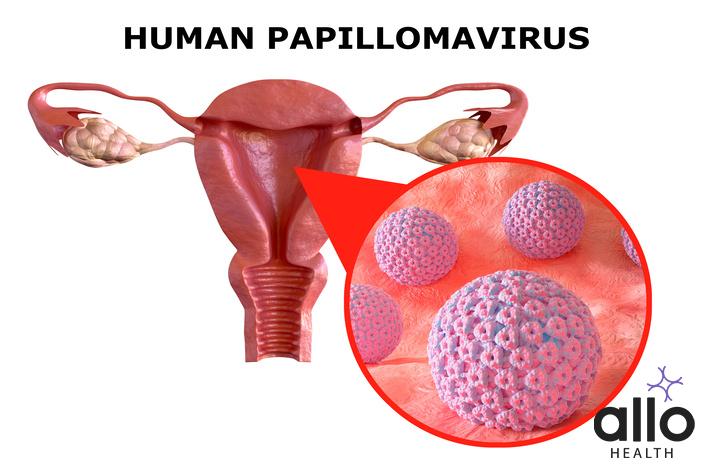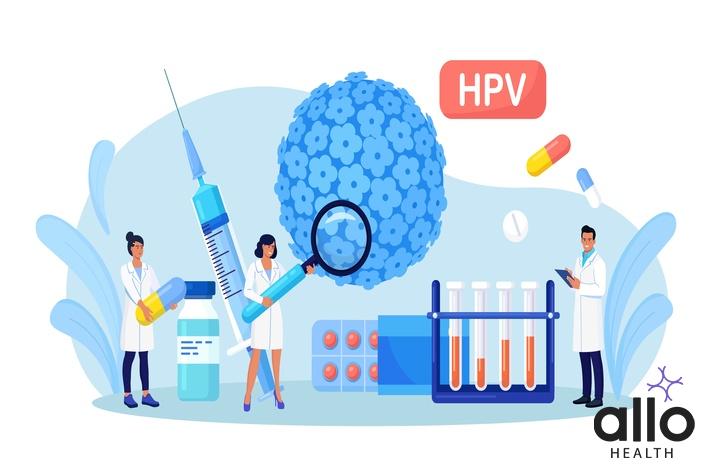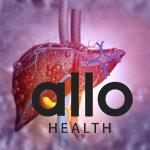What is Human Papillomavirus (HPV)?
"The following blog article provides general information and insights on various topics. However, it is important to note that the information presented is not intended as professional advice in any specific field or area. The content of this blog is for general educational and informational purposes only.
Book consultation
The content should not be interpreted as endorsement, recommendation, or guarantee of any product, service, or information mentioned. Readers are solely responsible for the decisions and actions they take based on the information provided in this blog. It is essential to exercise individual judgment, critical thinking, and personal responsibility when applying or implementing any information or suggestions discussed in the blog."
Human Papillomavirus (HPV) is one of the most common sexually transmitted infections globally, with a significant impact on public health. It’s crucial to understand HPV, its transmission, associated health risks, preventive measures, and available treatments. In this comprehensive guide, we delve into the intricacies of HPV to provide a thorough understanding of this viral infection.
What is HPV?
HPV refers to a group of over 200 related viruses, among which approximately 40 types are known to infect the genital area. These viruses are categorized into two main groups based on their association with cancer:
- Low-risk HPV: These strains typically cause benign conditions like genital warts, but they are not associated with cancer.
- High-risk HPV: Certain strains of HPV are associated with various cancers, including cervical, anal, penile, vaginal, vulvar, and oropharyngeal cancers.
Transmission of HPV
HPV is primarily transmitted through skin-to-skin contact, often during sexual activity. However, it’s important to note that penetrative sex is not a requirement for transmission; the virus can spread through any form of sexual contact, including genital-to-genital, oral-to-genital, or hand-to-genital contact.
Associated Health Risks
- Genital Warts: HPV strains such as HPV 6 and 11 can cause genital warts, which are small growths or bumps on the genital or anal area. While these warts are usually benign, they can cause discomfort and psychological distress.
- Cancer: High-risk HPV strains, particularly HPV 16 and 18, are strongly associated with several types of cancer. Cervical cancer is the most common HPV-related cancer, but the virus can also lead to cancers of the anus, penis, vagina, vulva, and oropharynx.
HPV and Cervical Cancer
Cervical cancer is a significant public health concern worldwide, and HPV infection is a primary risk factor for its development. Persistent infection with high-risk HPV strains, particularly HPV 16 and 18, can lead to changes in cervical cells that may progress to cancer over time if left untreated. Regular cervical screening, such as Pap tests and HPV tests, is essential for early detection and prevention of cervical cancer.

Prevention and Vaccination
Vaccination is one of the most effective strategies for preventing HPV infection and its associated health risks. The HPV vaccine is recommended for both males and females, typically starting at age 9 to 12. Vaccination at an early age provides optimal protection before individuals become sexually active. The vaccine is most effective when administered before exposure to the virus.
HPV Vaccine Efficacy and Safety
Clinical trials have demonstrated the safety and efficacy of HPV vaccines in preventing HPV infection and related diseases. These vaccines have been shown to significantly reduce the incidence of genital warts, cervical pre-cancers, and other HPV-related cancers. Common side effects of the vaccine are mild and transient, including pain at the injection site, fever, and headache.
Screening and Early Detection
Regular screening for cervical cancer, such as Pap tests and HPV tests, is crucial for early detection and treatment of precancerous lesions. Pap tests, which involve collecting cells from the cervix for examination, can identify abnormal changes in cervical cells that may indicate the presence of HPV or pre-cancerous conditions. HPV tests detect the presence of high-risk HPV strains in cervical cells, helping to identify individuals at increased risk of developing cervical cancer.
Treatment Options
There is currently no cure for HPV infection, but treatments are available for the health conditions it may cause. Genital warts can be treated with topical medications, cryotherapy (freezing), or surgical removal. In cases of HPV-related cancers, treatment options may include surgery, chemotherapy, radiation therapy, or a combination of these modalities. Early detection and treatment are essential for improving outcomes and reducing the risk of cancer progression.

Public Health Implications
HPV infection poses significant public health challenges, including the burden of associated diseases and the need for comprehensive prevention strategies. Efforts to increase HPV vaccination rates, improve access to screening and treatment services, and raise awareness about the importance of sexual health are critical for reducing the impact of HPV on global health.
Human Papillomavirus (HPV) is a common sexually transmitted infection with significant implications for public health. Understanding the transmission, associated health risks, preventive measures, and treatment options for HPV is essential for promoting sexual health and reducing the burden of HPV-related diseases. Through vaccination, screening, and early detection, we can work towards preventing HPV infection and its potentially devastating consequences.
Most Asked Questions
-
What are the symptoms of HPV infection?
Many people with HPV infection do not experience any symptoms, especially in the early stages. When symptoms do occur, they can vary depending on the type of HPV involved. Common symptoms include genital warts (caused by low-risk HPV strains) and abnormal changes in cervical cells (often detected through Pap tests).
-
Who should get the HPV vaccine, and at what age?
The HPV vaccine is recommended for both males and females to prevent HPV infection and associated health risks. It is typically administered between the ages of 9 and 12, although it can be given as early as age 9 and up to age 26 for females and age 21 for males. Vaccination at an early age provides optimal protection before individuals become sexually active.
-
Is HPV infection treatable?
There is currently no cure for HPV infection, but treatments are available for the health conditions it may cause. Genital warts can be treated with topical medications, cryotherapy (freezing), or surgical removal. In cases of HPV-related cancers, treatment options may include surgery, chemotherapy, radiation therapy, or a combination of these modalities.
-
Can HPV infection lead to cancer?
Yes, certain high-risk strains of HPV, particularly HPV 16 and 18, are strongly associated with several types of cancer, including cervical, anal, penile, vaginal, vulvar, and oropharyngeal cancers. Persistent infection with high-risk HPV strains can lead to changes in cervical cells that may progress to cancer over time if left untreated.
-
How effective is the HPV vaccine?
Clinical trials have demonstrated the safety and efficacy of HPV vaccines in preventing HPV infection and related diseases. These vaccines have been shown to significantly reduce the incidence of genital warts, cervical pre-cancers, and other HPV-related cancers. Vaccination at an early age, before exposure to the virus, provides optimal protection against HPV infection and its associated health risks.







































